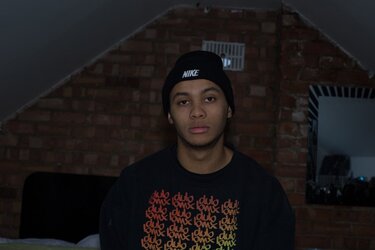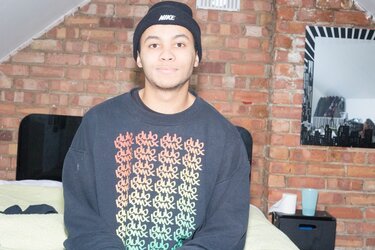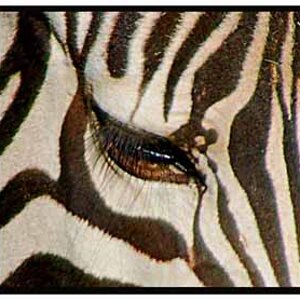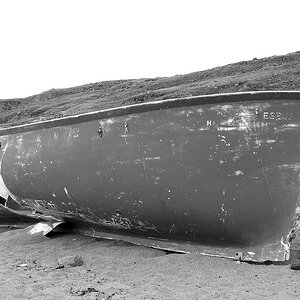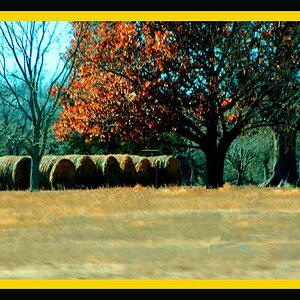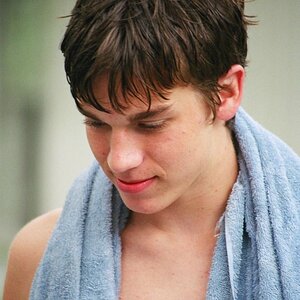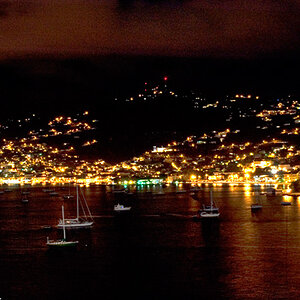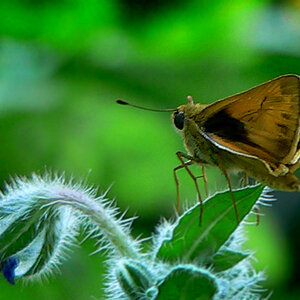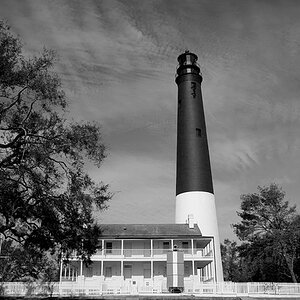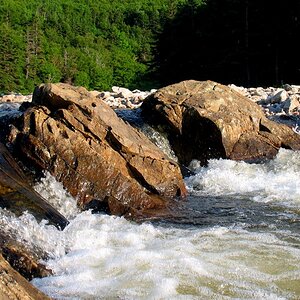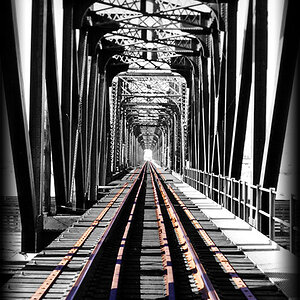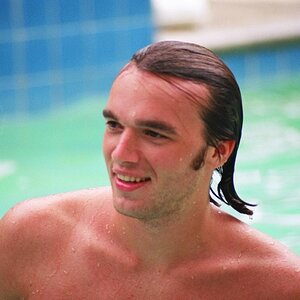Starskream666
No longer a newbie, moving up!
- Joined
- Jul 6, 2011
- Messages
- 598
- Reaction score
- 56
- Location
- England, West Yorkshire
- Can others edit my Photos
- Photos NOT OK to edit
Just got a 6d its my first full frame so now my 50mm is more practical for portraits. I'm starting club photography work and instead of using my fisheye I want to start using my 50mm.
I always hate using my 50mm in dark scenes with the flash because I get this problem.
Either the whole background is also lit up, or practically nothing is lit up. It's really frustrating. Here is an example.
flash was on about 1/60 power maybe. and the zoom was on 80mm (i tried different zooms, all had the same effect, nothing really changed)
I tried lots of different variations. Each resulting in either a lit background or nothing hardly lit.
I want to get the subject lit nicely but the background not to be exposed so much.. but ambient light from say lasers etc left in.
Ignore my expression haha I was very tired
I always hate using my 50mm in dark scenes with the flash because I get this problem.
Either the whole background is also lit up, or practically nothing is lit up. It's really frustrating. Here is an example.
flash was on about 1/60 power maybe. and the zoom was on 80mm (i tried different zooms, all had the same effect, nothing really changed)
I tried lots of different variations. Each resulting in either a lit background or nothing hardly lit.
I want to get the subject lit nicely but the background not to be exposed so much.. but ambient light from say lasers etc left in.
Ignore my expression haha I was very tired


